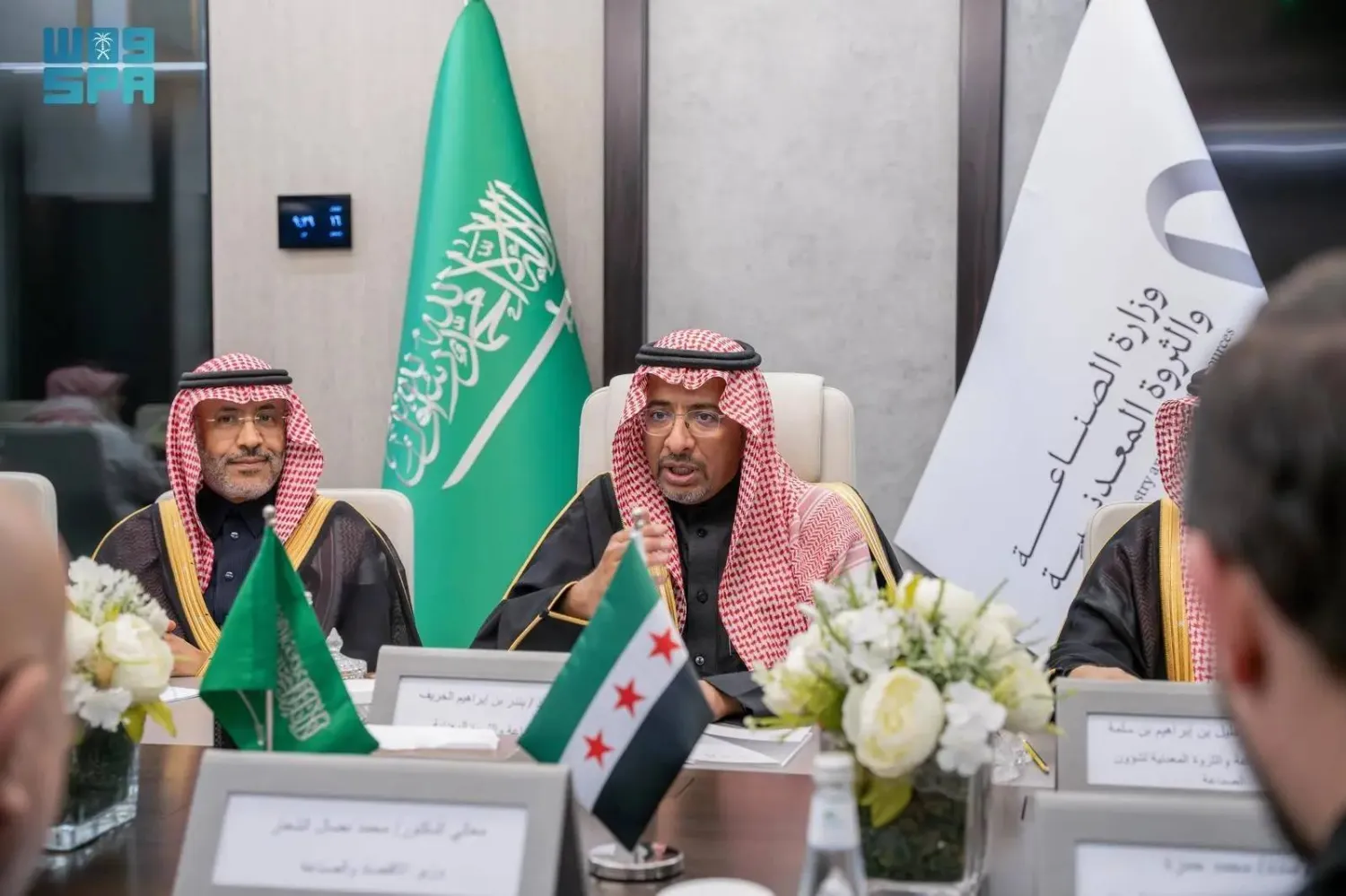The Saudi Minister of Finance, Mohammed Aljadaan, heads the Kingdom's delegation participating in the two-day Saudi-Chinese meetings to be held on Monday in Beijing.
The Saudi delegation includes the Vice Minister of Finance Abdulmuhsen Alkhalaf, as well as officials from the Ministry of Finance; the National Center For Privatization (NCP); the Saudi Central Bank (SAMA); the Saudi Capital Market Authority (CMA); the Zakat, Tax and Customs Authority (ZATCA); the National Development Fund (NDF); the Saudi Fund for Development (SFD); and the National Infrastructure Fund.
Aljadaan and the Chinese Minister of Finance, Lan Fo'an, will co-chair the third meeting of the Financial Sub-Committee for the High-level Chinese-Saudi Joint Committee.
Aljadaan will also participate in a roundtable meeting organized by the Saudi National Center for Privatization in cooperation with the Industrial and Commercial Bank of China.
Alkhalaf and the Chinese Vice Minister of Finance, Liao Min, will co-chair a roundtable meeting hosted by the Chinese Ministry of Finance, and organized by China Development Bank (CDB) and China Investment Corporation (CIC).
Aljadaan will also meet with several Chinese ministers, officials, and investors to discuss the latest economic and financial developments, topics of common interest, as well as investment opportunities in Saudi Arabia in light of Saudi Vision 2030.
These meetings come as an extension of efforts to strengthen cooperation and enhance relations between Saudi Arabia and China in various fields to promote global economic growth.









